The Butterflies of Mexico
Welcome to the beautiful world of butterflies! When you visit Mexico, you can’t help but notice these gorgeous insects.
There are over 1,750 species of butterfly in Mexico. According the Smithsonian, there are 17,500 species of butterfly in the world. If correct, that means that butterflies of Mexico make up 1 in 10 species found in the world. And that’s a lot!
I have been studying butterflies for many years. I am fortunate to have lived in Africa, Asia and Europe, so I have had the opportunity to see and breed many of the world’s most beautiful butterflies. Now I am in Mexico, that love of butterflies is even stronger. The butterflies of this country are – awesome!
Mexican Terrain and its Butterflies
One of the reasons Mexico is blessed with such a large number of species is that the country has an amazing variety of ecosystems and terrain. From mountains to desert, cloud forest to scrubland there is a wide range of habitats. Some forests are evergreen, whereas others are seasonal.
Many species of butterflies can be found across all terrains. Others are very specific in their likes and needs. And that’s what makes studying the butterflies here so interesting.
That also means that no matter where you take your vacation or what time of year, you will be able to see some stunning beauties.
At the same time, it should be remembered that Mexico is not a small country. It covers some 761,620 square miles (1,972,550 square km), making it the 13th largest country in the world. It is, unfortunately, also home to some of the least safe areas to explore due to crime and cartels. That said, there are still many places you can enjoy searching for butterflies.

Collecting and Exporting Mexican Butterflies
If you want to collect butterflies in Mexico, you should use a camera.
In Malaysia and South Africa, I had no problem finding fellow collectors. In Mexico, there seem to be few.
One reason may be the difficulty in collecting in such a vast country (although South Africa is hardly small!) Another may be the need for permits. These are hard to obtain for foreigners. If you want to visit and collect, start the permit process early!
Where is best to visit to see the Butterflies in Mexico?
That’s really up to you! Each ecosystem has its own merits. If you’re on holiday along the Caribbean Riviera Maya, there are many spots you can go and see some incredible species. Morpho and Caligo species fly commonly around the Playa del Carmen area!
There are a few butterfly farms/exhibits scattered around Mexico. There was one near Tulum but I suspect that has gone now.
The best one I’ve seen, with a very well-informed and friendly owner, is the Butterfly Sanctuary Jardín Mágico at Puerto Vallarta. If you’re anywhere near there make a point of visiting. You’ll see and learn a lot about the local butterflies.
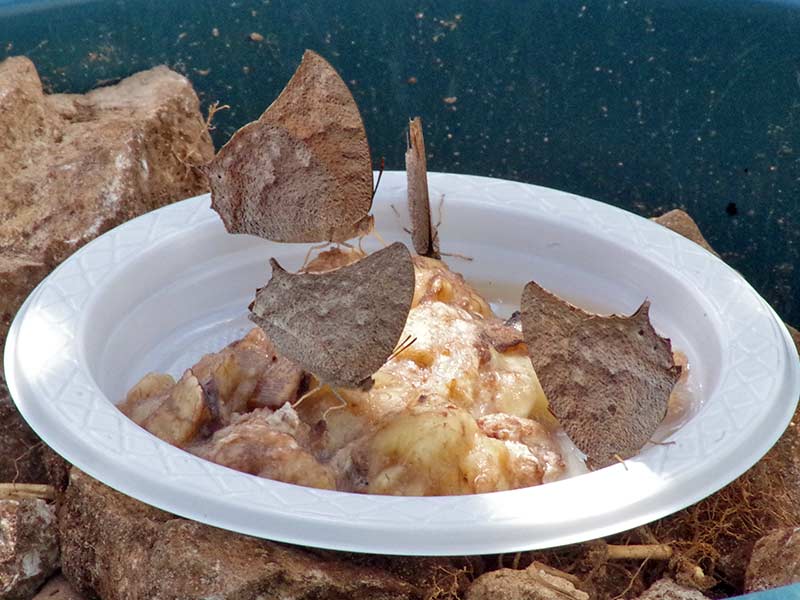
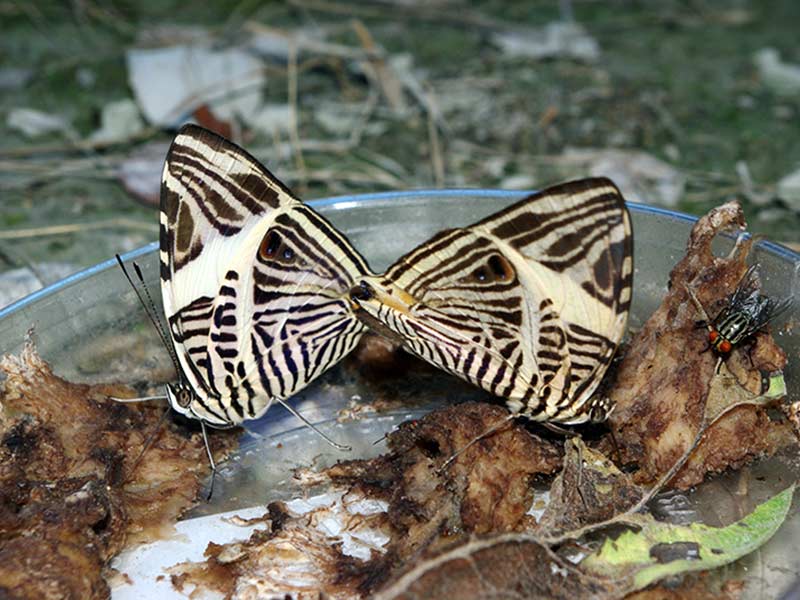
Fruit Bait Traps
I’ve been using fruit bait traps for many years on several continents, including Africa, Asia and Mexico. They can be an incredibly useful way to check on certain species types. These tend to be members of the Nymphalidae rather than most others.
The Nymphalidae or Brush-footed Butterflies love to feast on fruit and other things. Other things can include red wine, animal dung, dead animals and other unsavoury delights! The family covers a broad range of species and not just the normal things like Admirals, Painted Ladies and Fritillaries. Caligos and Morphos are in the same family.
I’ve caught Papilionidae on a dead monkey floating in a lake and Pieridae on urine-soaked sand by a river.
Allegedly, the best animal dung to use is that of a carnivore. One Malaysian butterfly book I have says tiger dung is hard to beat. (But first catch your tiger!) An African butterfly book in my library suggests never going to forests of East Africa without a dead rat for bait.
Personally, I stick with rotten bananas. My wife is not very keen on the smell but any conversations about obtaining and storing other baits ends badly for me.
In Asia, I did experiment with both rotten prawns and an Indonesian fermented prawn paste called Blachang. Both worked well enough but the hassle of carrying them about wasn’t worth the results!
Photos of the Butterflies of Mexico
What follows is not an identification guide to the butterflies of Mexico. It is a small collection of the photos I’ve gathered over my time in Mexico. I’ll add to it as often as I can.
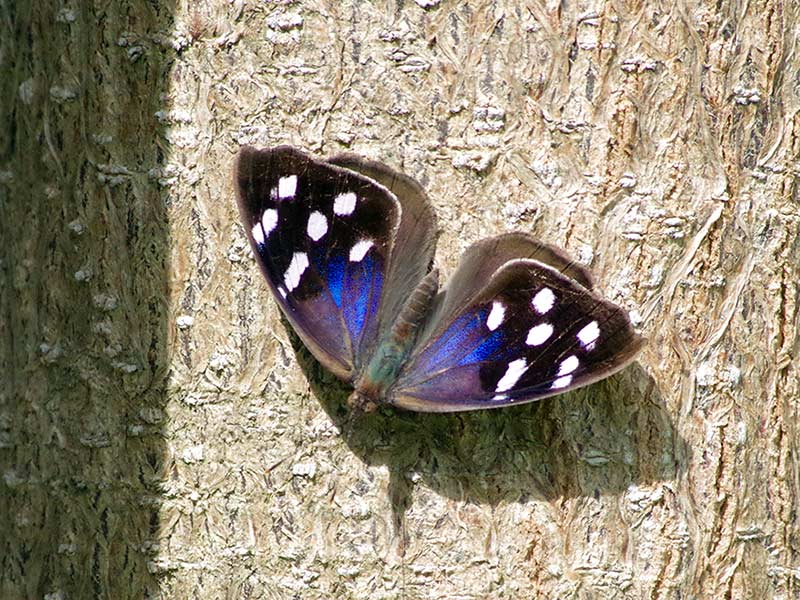
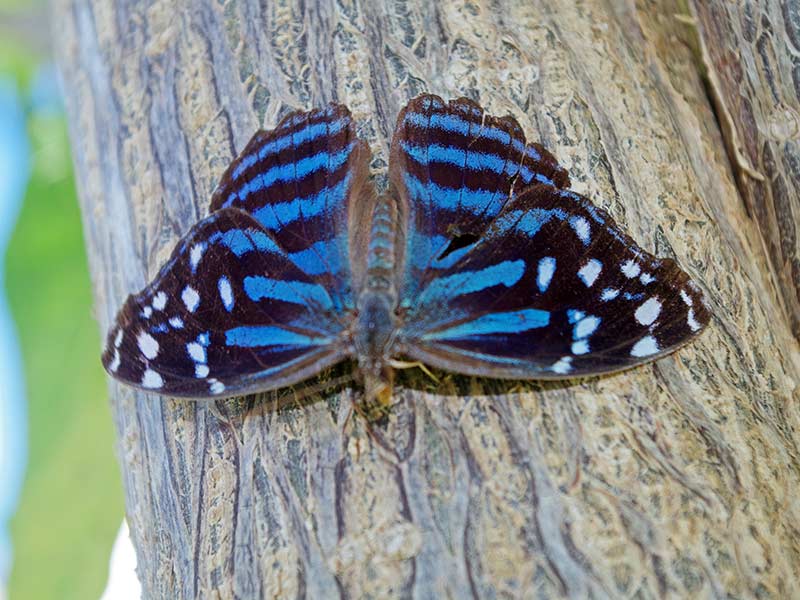
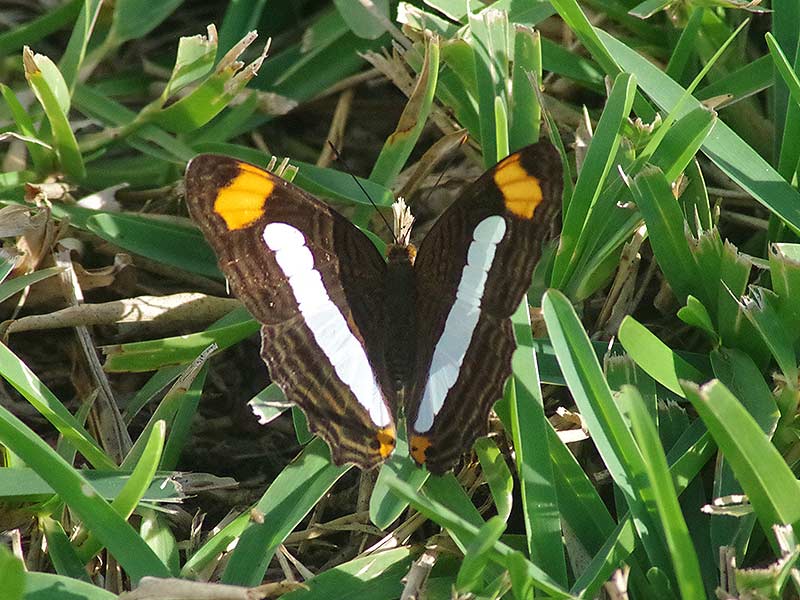
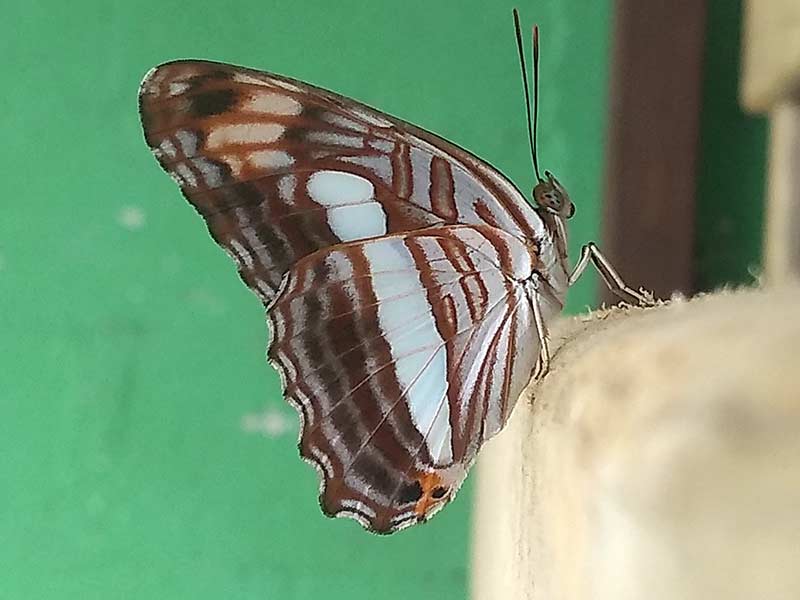
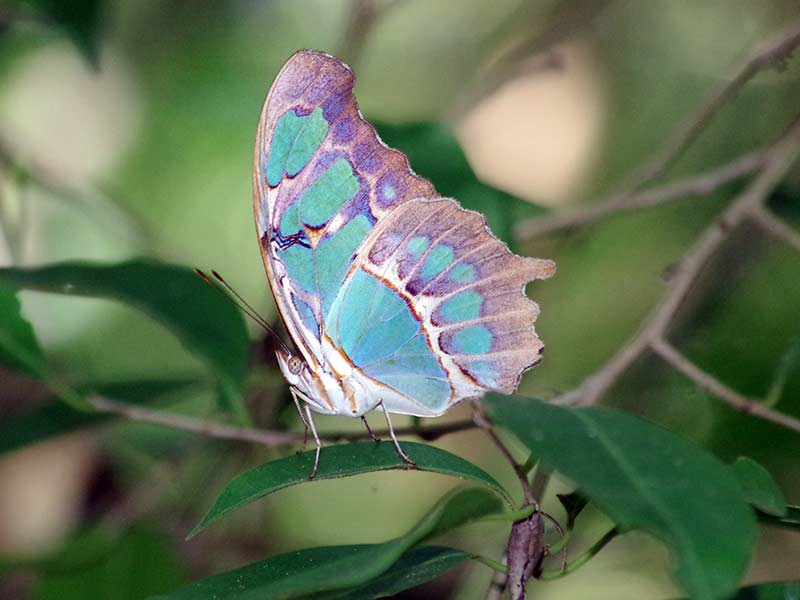
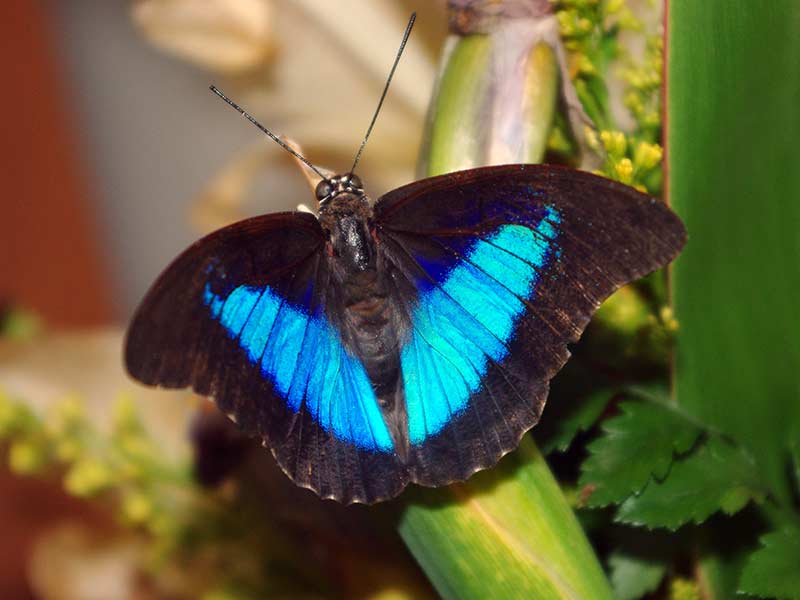
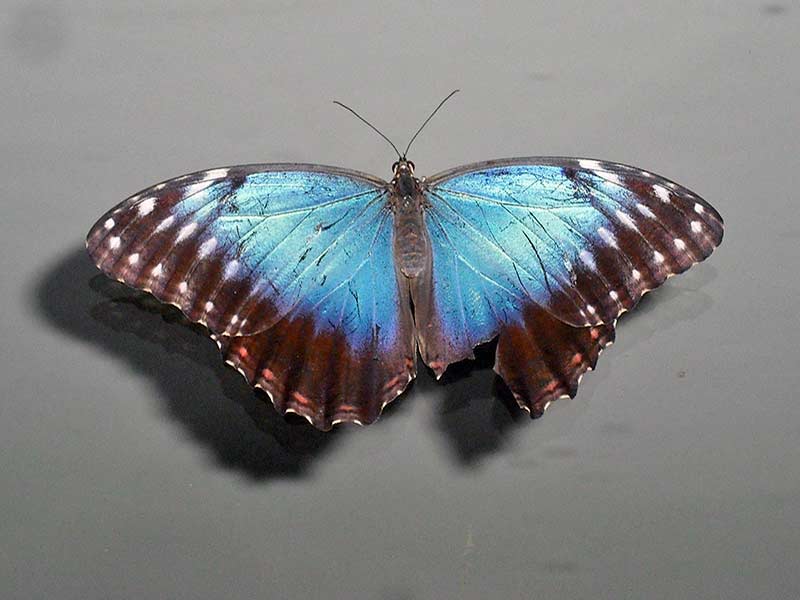
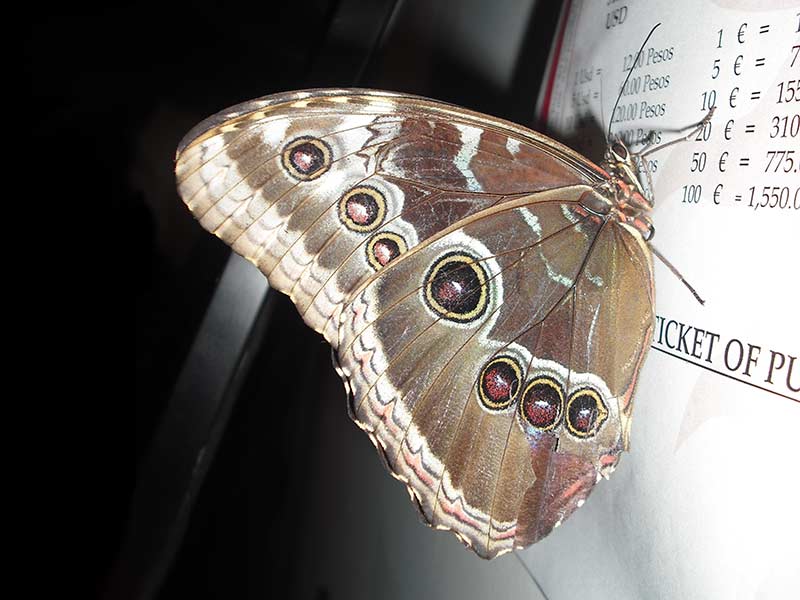
Monarch Butterflies (Danaus Plexippus)
No discussion about the butterflies of Mexico would be complete without mentioning the Monarch butterfly (Danaus Plexippus).
This butterfly is famous for its migrations from forests in Central Mexico through North America as far as Canada – and the return back to the same forest to overwinter.
What makes this amazing feat of navigation all the more fascinating is that it is not the same butterfly that returns but one of the original migrant’s ancestors. And yet these descendants find their way back to the same small patch of forest after thousands of miles of travel and several generations.
The Monarch butterflies normally start to return in November to one of only a few remaining high-altitude forest sites in Central Mexico. There they overwinter in the Oyamal fir trees (Abies religiosa) which only grow at altitudes between 4,000 and 11,800 feet (2,400 to 3,600 meters).
Monarchs conquer the world
Although the Monarch is most famous as the butterfly that flies from Mexico to Canada and back, its ability to migrate is even more impressive than that.
In the past 200 years, it has spread its range to now include over 90 countries and islands. Amazingly, it is a rare migrant in the UK, flying and driven by the wind across the Atlantic Ocean.
It is now found in the Azores, Spain, Portugal, Australasia, some Pacific Islands, India – and the list is growing. Its range spreads below Mexico down as far as Argentina.
Overwintering colonies exist in California as well as in Mexico.
Monarch Butterflies under threat in Mexico
The number of Monarch butterflies that overwinter has dropped alarmingly. The areas available to the butterflies are rapidly being destroyed by deforestation. Mexico’s Commission for National Protected Areas reported that last year (winter of 2023) the butterflies hibernated in an area of roughly 2.2 square acres (0.9 hectares). This is a large drop from last year when it was 5.4 square acres (2.21 hectares).
To be fair, deforestation is only one of the problems facing the Monarch butterfly. The increased use of pesticides, changes in agricultural practices, and climate change are all responsible for the falling numbers.
If you get a chance, visit one of the last remaining overwintering sites in Mexico while you can. I’m annoyed with myself that each year something stops me. Last year I was in Michoacan in October and was too early. A few years ago, I was in Ajijic in April which was too late. One day, I’ll get the timing right. I just hope it won’t be too late!
While we were in Bucerias, in Nayarit state, in October of last year we saw plenty of Monarch butterflies. These were presumably members of the migration that had yet to make their way inland to Michoacan.
Monarch Butterfly lifecycle
Monarch butterfly caterpillars feed on members of the Asceplias plant family. This is more commonly known as Milkweed, hence the English name for the butterfly – the Milkweed butterfly.
Outside of the US, the Monarch butterfly has adapted to eating Gomphocarpus fruticosus. This is a South African plant that has spread throughout Australasia and the Iberian peninsula and allowed the Monarchs to spread further than if they had been restricted to Asclepias species. Both are poisonous and members of the Apocynaceae family.
The female lays its eggs on the plant and as the caterpillars grow, they sequester the poison from the milkweed to make them distasteful to predators.
The lifecycle can be very short. I used to breed many of Monarch butterflies in the UK for displays and the whole cycle can be as fast as 40 odd days from egg to butterfly.

Hi, I’m David
I’ve been fascinated by butterflies since I was very young.
I collected butterflies for several decades in Europe, Africa, and Asia. I discovered a new species in Malaysia and rediscovered a rare species that was thought to be extinct.
Over the years, I’ve bred many species of butterflies and moths. I published a book, available on Amazon, called ‘Breeding Insects As Feeder Food‘. The book contains a section on breeding butterflies and moths.
These days, private butterfly collections no longer have the value they once had. I stopped collecting many years ago and my collections are now housed in museums.
My uncle Gerald Haggett was a famous Lepidopterist from Sussex, UK, with a well-known book on moth larvae to his name. So I guess being a Lepidopterist is in the genes!
Copyright 2024 www.wonkycompass.com